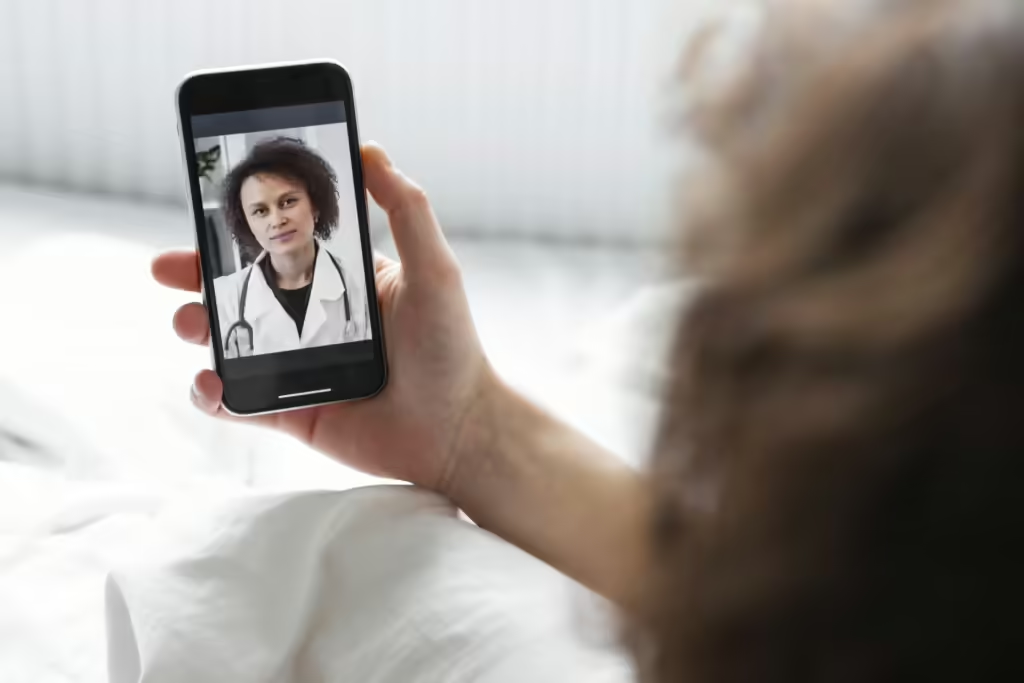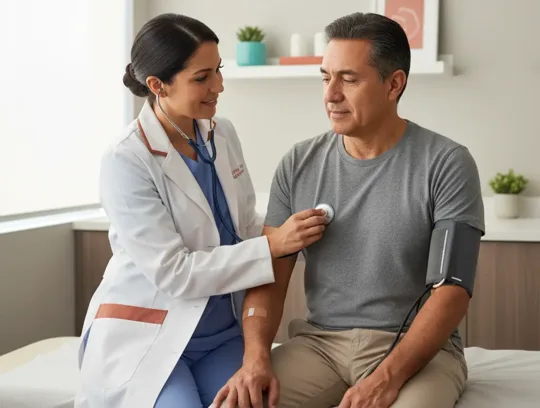In October, Mental Health Awareness Month highlights the significance of accessible, continuous care for individuals with mental health conditions. Digital platforms such as telemedicine and Remote Patient Monitoring (RPM) have revolutionized mental health services by providing patients with easier access to healthcare professionals. These technologies have helped improve communication between patients and doctors, fostering an environment of support that is critical in managing long-term conditions like anxiety and depression. With such tools, mental health care becomes more efficient and personalized.
Enhancing Mental Health Care Accessibility with Telemedicine
Telemedicine bridges gaps in mental health care by eliminating the need for in-person visits, reducing travel time and associated costs for patients. Patients can now access care from their homes, which is particularly beneficial in remote areas or for those with limited mobility. Mental health professionals can provide diagnoses, therapy, and consultations virtually, increasing the frequency of interaction. Continuous monitoring through RPM also allows real-time assessment of patient symptoms, ensuring timely interventions that prevent conditions from worsening.

Continuity of Care through Digital Platforms
For chronic mental health conditions, RPM plays a crucial role in delivering ongoing support. Remote Patient Monitoring allows healthcare providers to track patients’ daily activities, medication adherence, and physiological responses. This constant flow of data enables professionals to adjust treatments promptly, ensuring better patient outcomes. For example, monitoring sleep patterns or heart rates can give insights into a patient’s mental state. When combined with regular telehealth consultations, the result is a more proactive, tailored care plan.
Addressing Stigma and Expanding Reach
Telemedicine helps reduce the stigma often associated with seeking mental health care by offering more private and confidential interactions. Patients can engage with healthcare professionals without the fear of judgment or being seen by others. This increased privacy has encouraged more people to seek help who might otherwise have avoided it. Additionally, the expansion of telehealth during Mental Health Awareness Month encourages institutions to prioritize mental health care, ultimately improving the overall quality of care.
Esvyda: Supporting Healthcare Institutions-Telemedicine
Esvyda offers a comprehensive platform that supports mental health care management through telemedicine and RPM. Healthcare institutions that adopt Esvyda’s solutions can provide personalized and continuous care to patients with mental health challenges. With real-time monitoring, teleconsultations, and integrated Behavioral Health Integration (BHI) tools, Esvyda enhances operational efficiency while improving patient outcomes. This technology equips institutions to offer affordable, accessible, and consistent mental health care.

Download this artice
How Telemedicine-RPM Improve Mental Health Care
In October, Mental Health Awareness Month highlights the unquestionably significance of accessible, continuous care
for individuals with mental health conditions.



4 responses to “How Telemedicine-RPM Improve Mental Health Care”
Nice blog! 👍
Thanks so much Marcela! Glad you enjoyed it!
Telemedicine and RPM for mental health feels like having a therapist in my pocket!
Chrystal, we love that you can feel comfy while getting the support you need! At Esvyda, we’re all about making mental health care accessible and cozy.